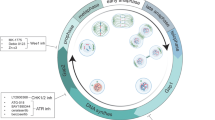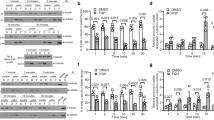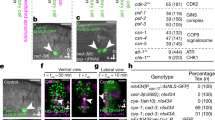Abstract
Cells from V79 multicell spheroids must be exposed to approximately 50 times more etoposide than exponentially growing monolayers in order to produce the same amount of cell killing. A part of this difference in sensitivity is readily explained by the decrease in growth fraction of large spheroids, and by the protection afforded by nutrient deprivation which also reduces cellular ATP. However, cells composing the outer 10% of large (approximately 600 microns diameter) V79 spheroids, although actively cycling, were still ten times more resistant to etoposide than exponentially growing monolayers, regardless of whether cells were exposed in situ in spheroids or dispersed by trypsin immediately prior to exposure to the drug. Four cell doublings (48 h) as monolayers were required before the outer cells of spheroids regained drug sensitivity equivalent to that of exponentially growing monolayers. No differences in uptake/efflux of 3H-etoposide or in levels of p-glycoprotein were observed between monolayers and the outer cells of spheroids. In addition, topoisomerase II protein measured by immunoblotting and topoisomerase II activity measured by decatenation of kinetoplast DNA were not reduced in the outer cells of spheroids compared to monolayers. DNA strand breakage measured in individual cells using the DNA precipitation and comet assays correlated well with cell killing with one exception: DNA damage was not affected when cells were incubated with etoposide in phosphate-buffered saline, although the etoposide concentration required to produce a given amount of cell killing was increased approximately 7-fold compared to cells incubated with the drug in complete medium. These results indicate that etoposide toxicity towards V79 spheroids is influenced not only by proliferative status of the cells but also by factors which may include DNA packaging and the growth environment of the cell prior to and during treatment.
This is a preview of subscription content, access via your institution
Access options
Subscribe to this journal
Receive 24 print issues and online access
$259.00 per year
only $10.79 per issue
Buy this article
- Purchase on Springer Link
- Instant access to full article PDF
Prices may be subject to local taxes which are calculated during checkout
Similar content being viewed by others
Author information
Authors and Affiliations
Rights and permissions
About this article
Cite this article
Olive, P., Banáth, J. & Evans, H. Cell killing and DNA damage by etoposide in Chinese hamster V79 monolayers and spheroids: influence of growth kinetics, growth environment and DNA packaging. Br J Cancer 67, 522–530 (1993). https://doi.org/10.1038/bjc.1993.97
Issue Date:
DOI: https://doi.org/10.1038/bjc.1993.97
This article is cited by
-
Multidrug resistance characterization in multicellular tumour spheroids from two human lung cancer cell lines
Cancer Cell International (2015)
-
Identification of three gene candidates for multicellular resistance in colon carcinoma
Cytotechnology (2004)
-
Cytotoxic and biochemical implications of combining AZT and AG-331
Cancer Chemotherapy and Pharmacology (1995)
-
Drug and radiation resistance in spheroids: cell contact and kinetics
Cancer and Metastasis Reviews (1994)



